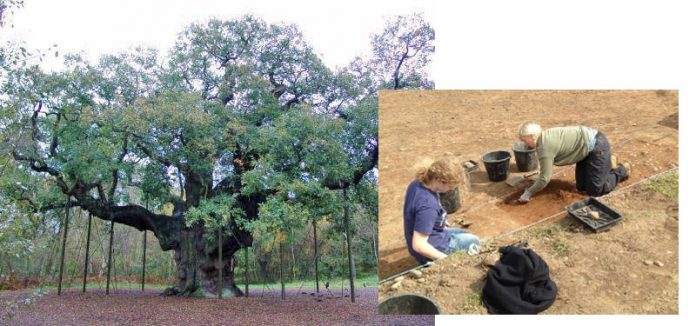You will receive training and experience in:
- Excavation, Stratigraphy, Contexts records, Recording, Drawing, Photography, Pottery identification, Finds handling, Finds processing, Surveying and levelling, and much more…
Dates:
- Week 1: August 10th – 14th 2015
- Week 2: August 17th – 21st 2015
Price £250 per person
Students form 2014 will receive a 10% discount
- All techniques are taught and experienced throughout the week, with hands on training from our Archaeological experts
- Hands on learning and training is supplemented with lunchtime seminars covering many of the subjects above to provide the theory behind the practice.
- All attendees will receive a welcome pack ring-binder with room for all handouts from lunchtime lectures.
- This course is suitable for people of all archaeological abilities from beginner wishing to take their first step, to experienced diggers wishing to take the next step, and from university students and post-graduates needing more experience, to retired people wanting the fulfilment of a life’s ambition… all are welcome and will be treated equally… the experience is tailored to the individual through hands on personal supervision.
- Field Days include lunch provided by our field caterers which will be eaten in our welfare area in the field.
- As well as all the above you will learn about the history and archaeology of Sherwood Forest, and also about the designed royal hunting landscape and Palace at its heart. Mercian Archaeological Services CIC run the Sherwood Forest Archaeology Project and are at the leading edge of research into this landscape of legends.
About King John’s Palace and Sherwood Forest
King John’s Palace (previously known as the King’s Houses) was the Royal Heart of Sherwood Forest in the Medieval period.
The site was visited by all 8 kings from Henry II to Richard II, with King John possibly holding a proto-parliament there in the early 13th century and Edward I holding Parliament there in 1290.
Recent Archaeological work by Mercian Archaeological Services CIC and Archaeologist James Wright has helped to reveal the size and importance of the site, and has also interpreted the surrounding lordship as a ‘designed’ medieval romantic hunting landscape.
The palace was sat at the heart of medieval Sherwood Forest and provided amenities for hunting, royal retreat, and the entertaining of foreign royalty and important members of society.
As part of the field school attendees will have the opportunity to learn all about Sherwood Forest, Robin Hood, outlaws, foresters, the landscape of Sherwood Forest in medieval times, the forest law, courts, offences and judiciary, the Palace at Clipstone, monasteries, chapels and hermitages, hunting parks, Nottingham Castle , Sheriffs and much much more about life in Medieval Sherwood Forest…
http://mercian-as.co.uk/fieldschool.html


